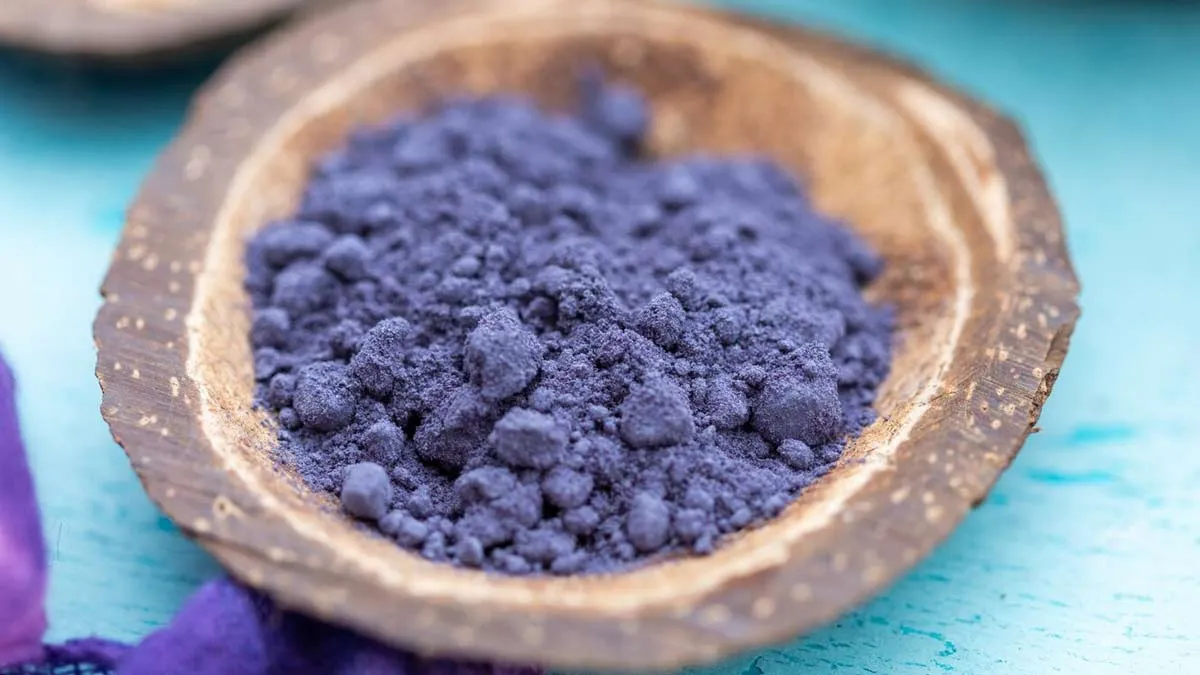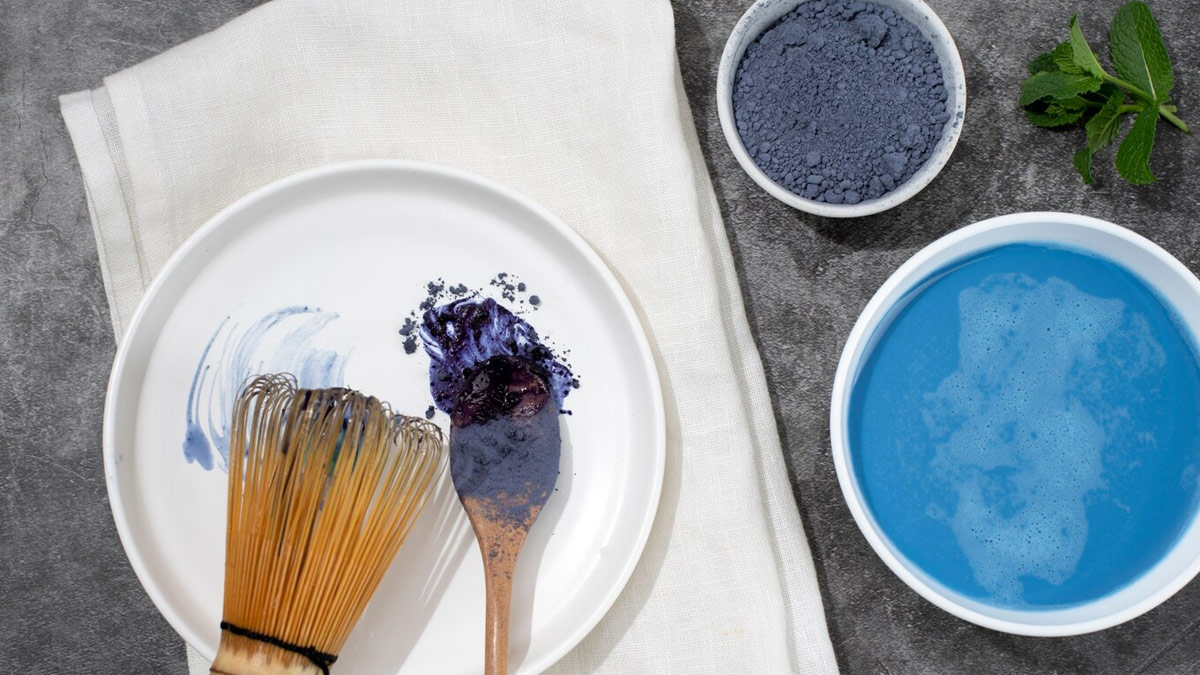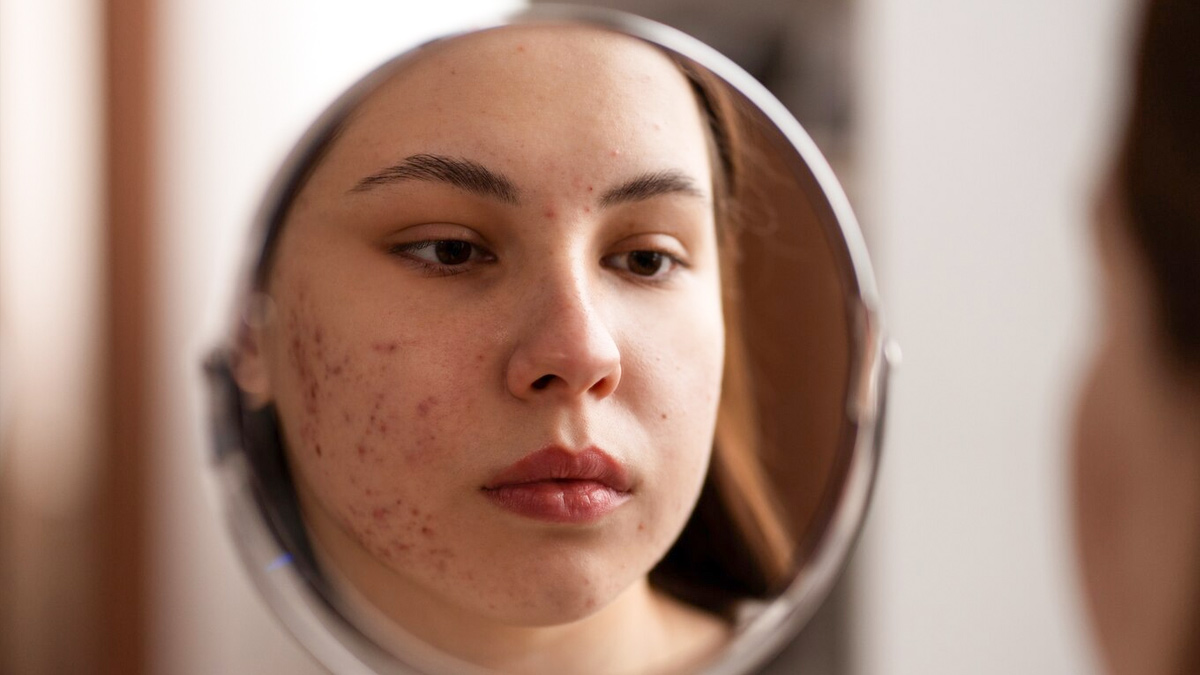
Have you ever wished your skincare could feel more like therapy; calming, comforting, and healing? If your skin has ever thrown a tantrum after a new product or flared up out of nowhere, you are not alone in the quest for something gentler. That’s why more people are turning to gentler, natural ingredients, and one of them is Japanese Indigo. It was once used in traditional Japanese medicine and is now being used in modern skincare for its calming and healing benefits.
Table of Content:-
What Is Japanese Indigo?

Japanese Indigo isn’t just a blue dye used in clothes. It's a plant named Polygonum tinctorium that the Japanese have utilised for centuries, not only in textiles but also to treat skin ailments. Even the Samurai reportedly wore indigo-coloured garments because they thought it accelerated their wound healing. Today, Japanese Indigo is rediscovered in skincare, particularly for sensitive or inflamed skin.
What Are the Skin Benefits?
1. Calms Inflammation and Redness

One of the most significant benefits of Japanese Indigo is its anti-inflammatory capabilities. It has compounds, such as indirubin and tryptanthrin. Based on a 2024 study, these compounds can reduce inflammation by modulating pathways like NF-κB, which initiates the body's inflammatory process. People dealing with eczema, psoriasis, or rosacea may find real relief with indigo-based products.
2. Supports Skin Barrier Repair
If your skin often feels dry, tight, or flaky, you may be dealing with a compromised barrier. Japanese Indigo is rich in antioxidants and nourishing phytochemicals that strengthen the natural defences of your skin. It can seal in moisture and guard your skin against environmental stressors.
Also Read: Should Men and Women Have Different Skincare Routines For Dry Skin? Dermat Answers!
3. Gentle on Sensitive Skin
Since it's an ancient plant ingredient with a long history of medicinal application, Japanese Indigo generally suits even the most sensitive skin. It's often used in gentle creams and balms free from harsh chemicals, fragrances, and alcohol.
4. May Help With Acne and Breakouts
Japanese Indigo's anti-inflammatory and antibacterial effects make it a stealthy saviour for acne-prone skin, with the potential to reduce redness, prevent new zits from forming, and help existing ones heal, all without the usual dryness that comes with standard acne treatment.
Who Should Try It?
Japanese Indigo can be a game-changer for people dealing with:

- Eczema
- Rosacea
- Psoriasis
- Redness and irritation
- Post-procedure sensitivity (facial or laser treatment)
- Acne-prone skin
But even without skin problems, you can still make Japanese Indigo a gentle, soothing addition to your routine if your skin is under stress from pollution, the weather, or over-exfoliation.
Also Read: The Ultimate No-No: Skin-Care Ingredients That Don't Play Well Together
How to Use It in Your Routine
Japanese Indigo is usually found in:
- Balm and Creams: Suitable for nighttime or spot use.
- Soothing Serums: Good for layering underneath your moisturiser.
- Barrier Repair Moisturisers: Often combined with other soothing ingredients, such as colloidal oatmeal or ceramides.
You'll usually find it in 'blue creams' or 'blue balms'. The blue colour is from the indigo itself and tends to fade as you mix it in.
Pro tip: If you're new to using it, perform a patch test, especially if you have extremely sensitive skin, or are already using actives, such as retinol or acids.
Any Side Effects or Risks?
Japanese Indigo is generally safe to use topically, however, like with any plant ingredient, you may encounter an allergy. Hence, search for products that feature Polygonum tinctorium extract and preferably from good, clean beauty companies that are experts in mild formulas.
[Disclaimer: This article contains information for informational purposes only. Hence, we advise you to consult your professional if you are dealing with any health issue to avoid complications.]
Also watch this video
How we keep this article up to date:
We work with experts and keep a close eye on the latest in health and wellness. Whenever there is a new research or helpful information, we update our articles with accurate and useful advice.
Current Version